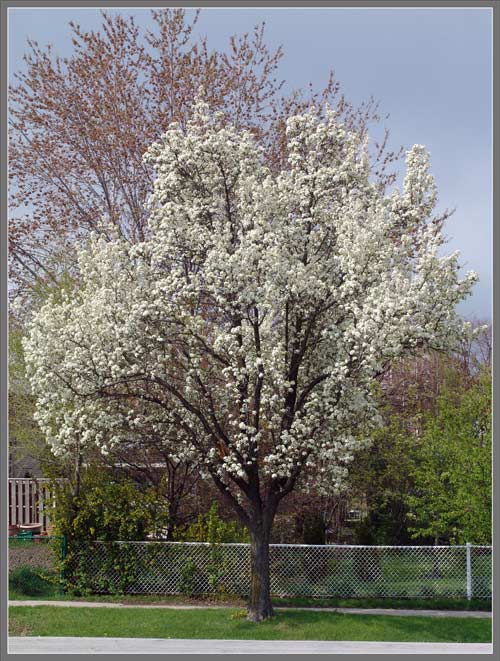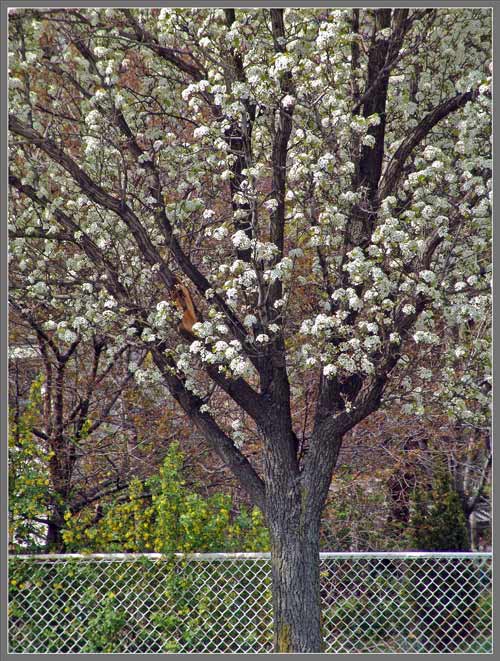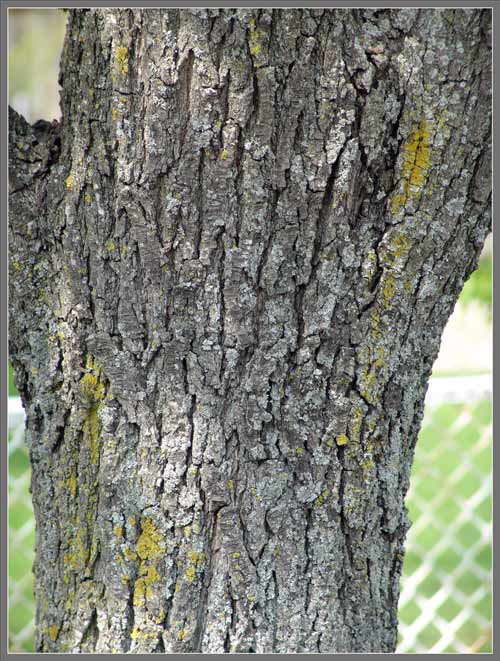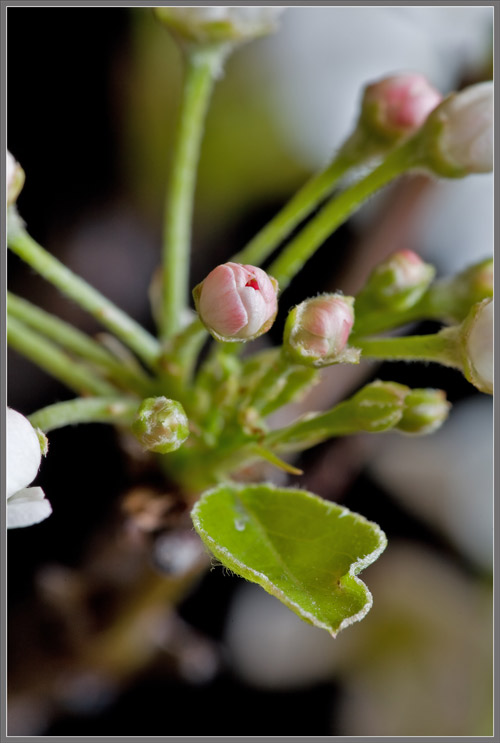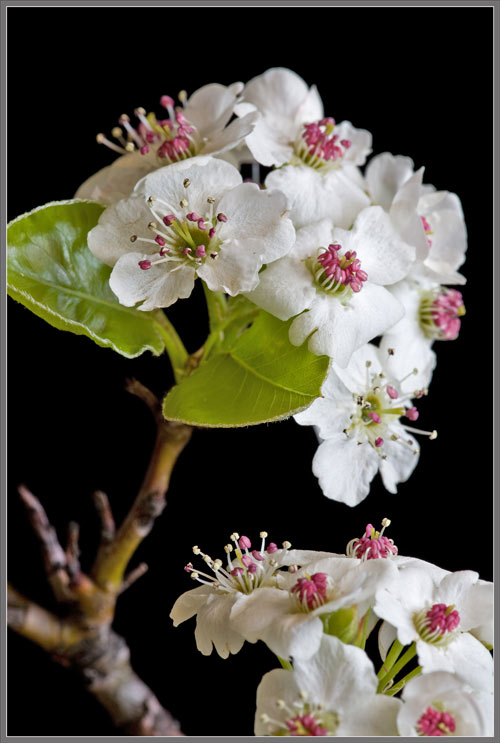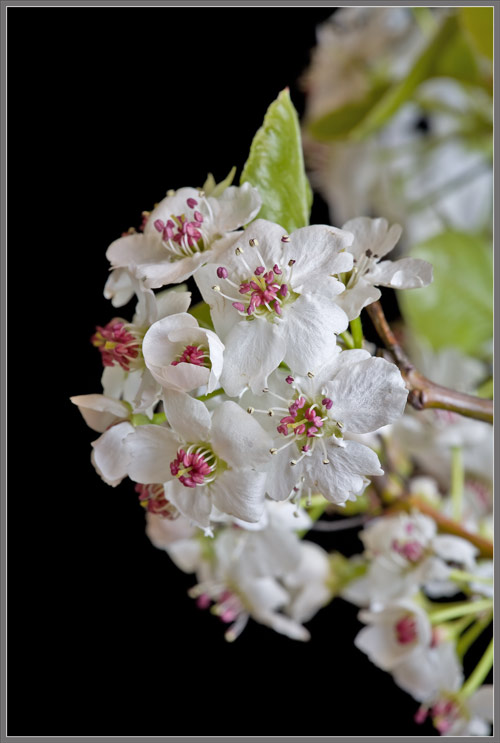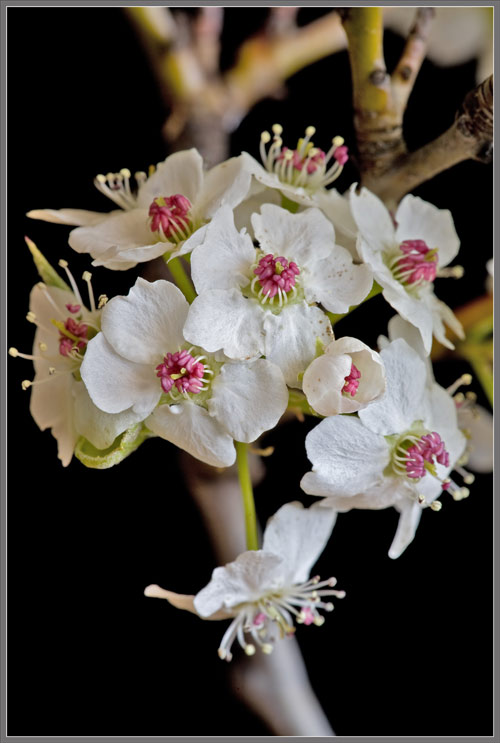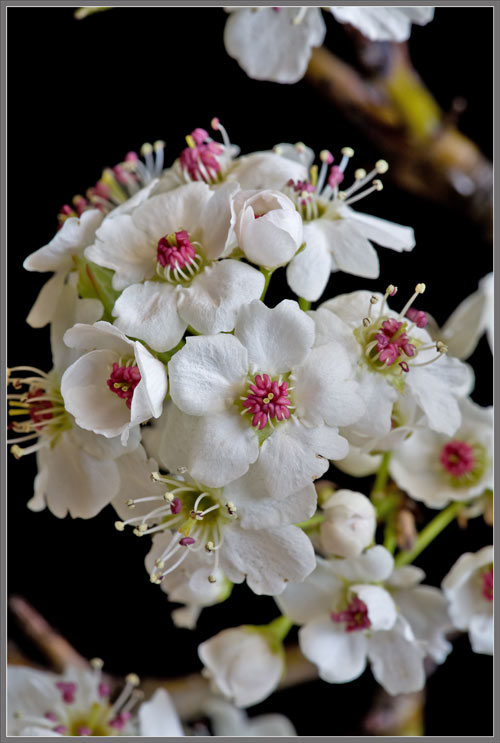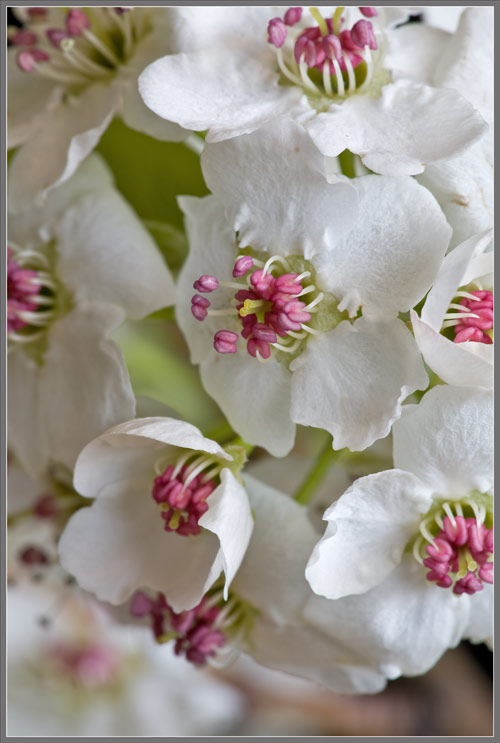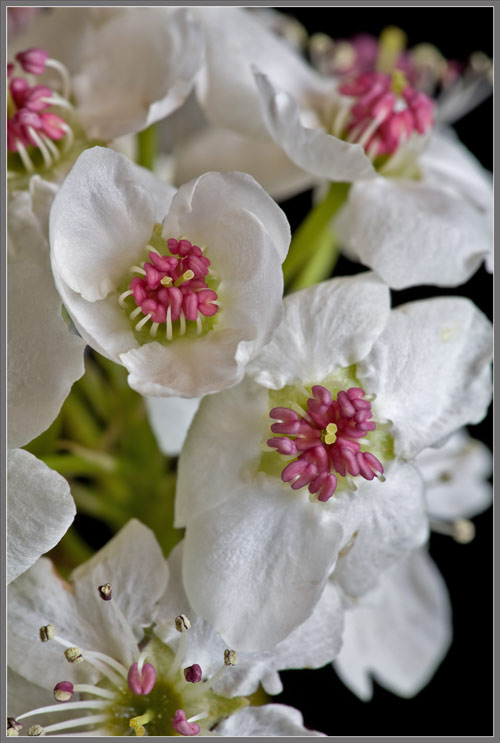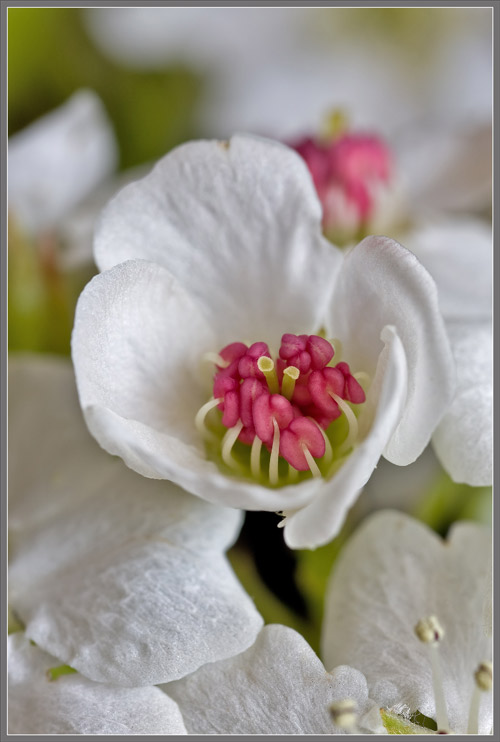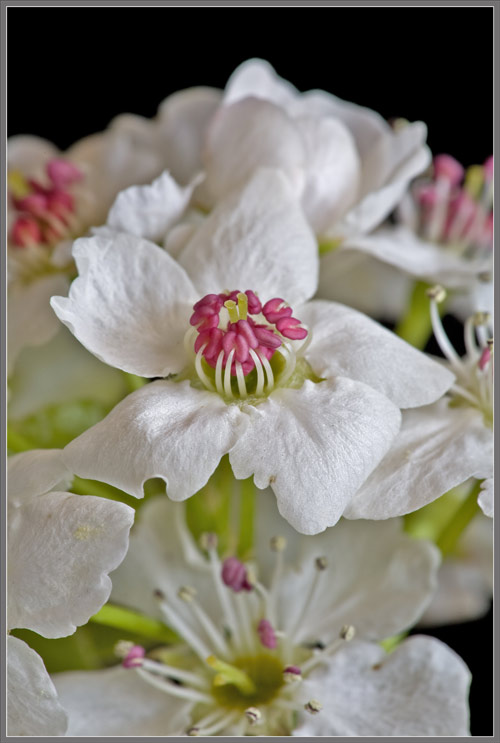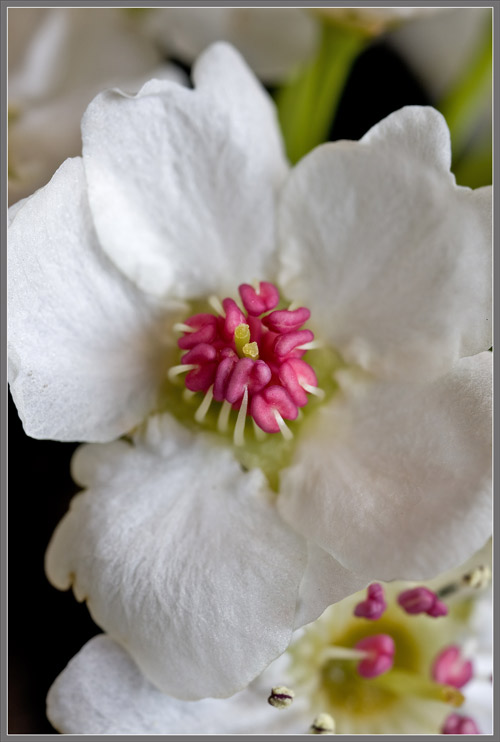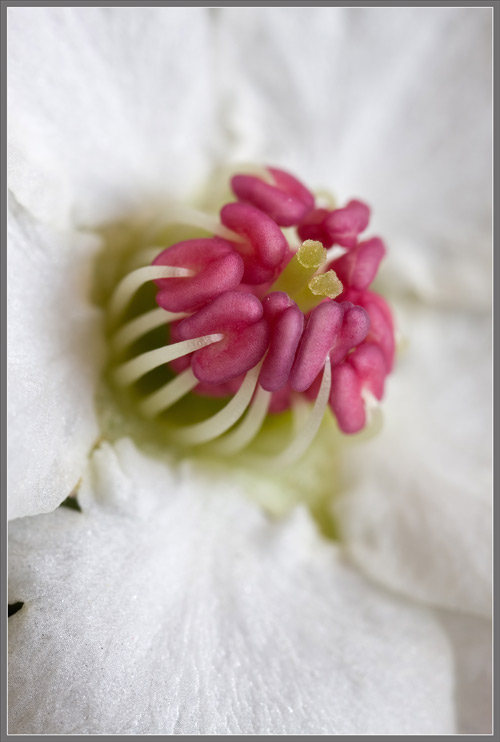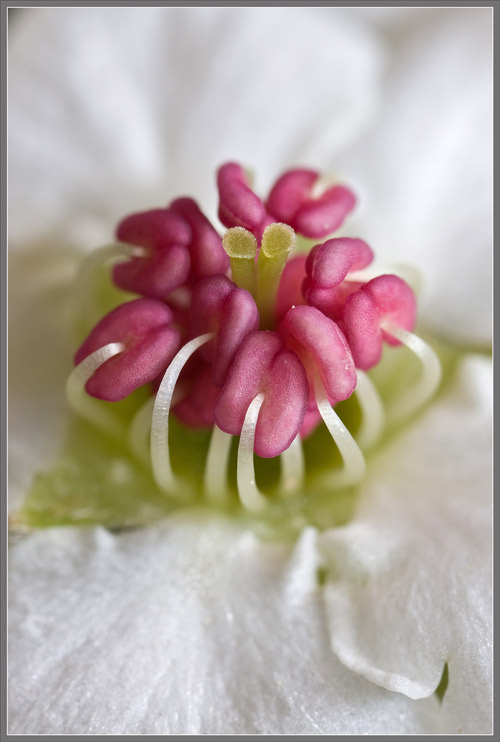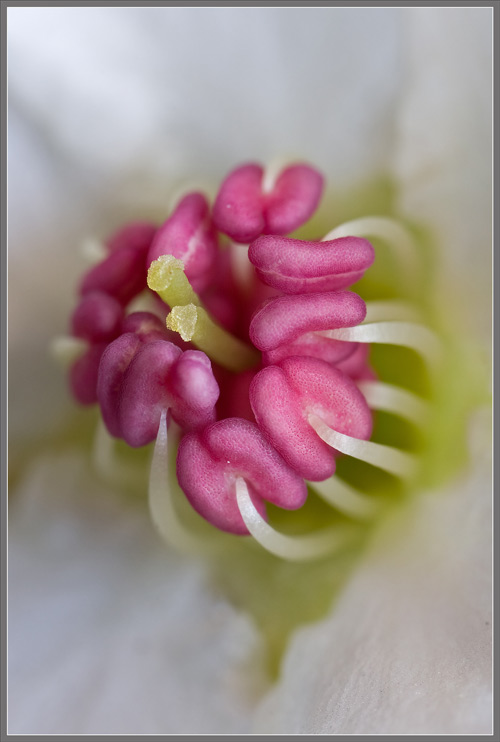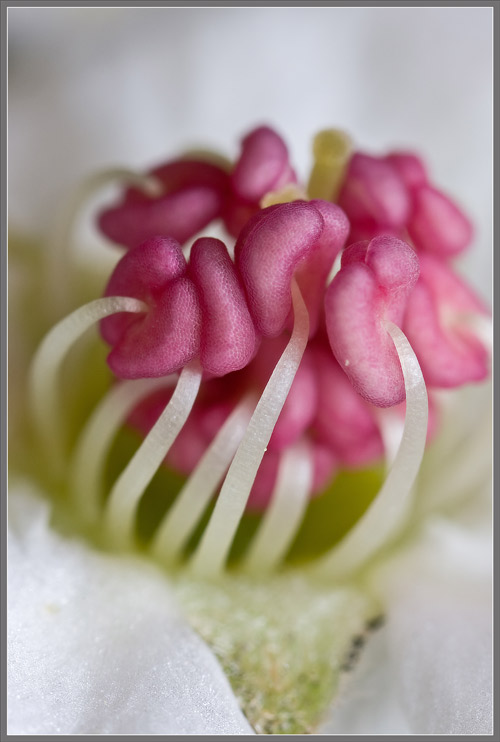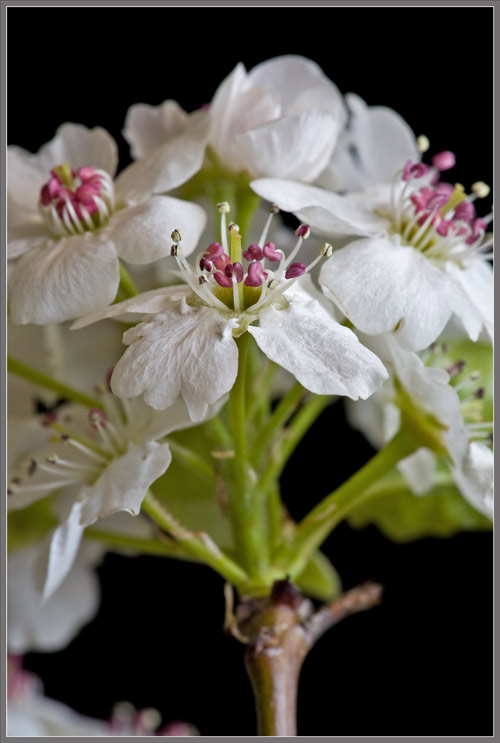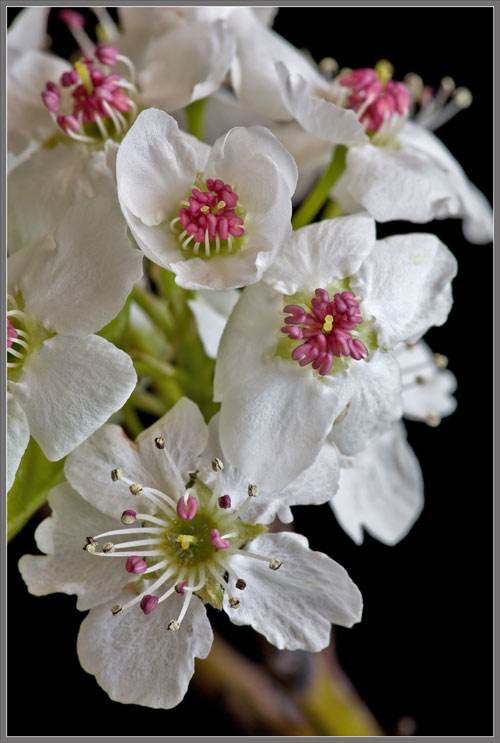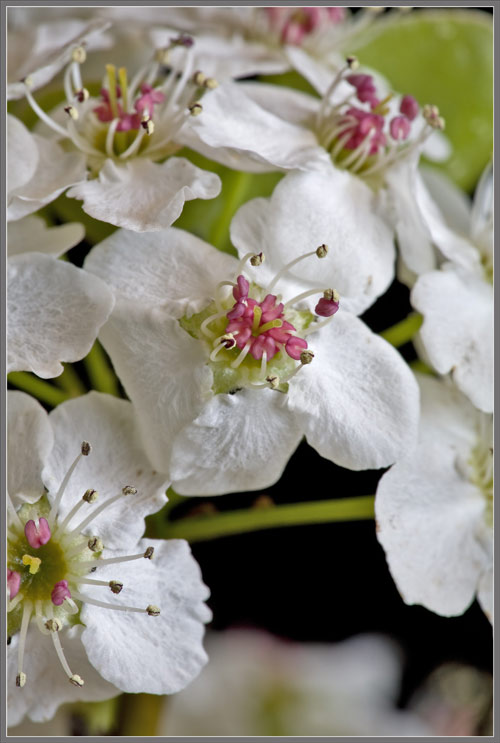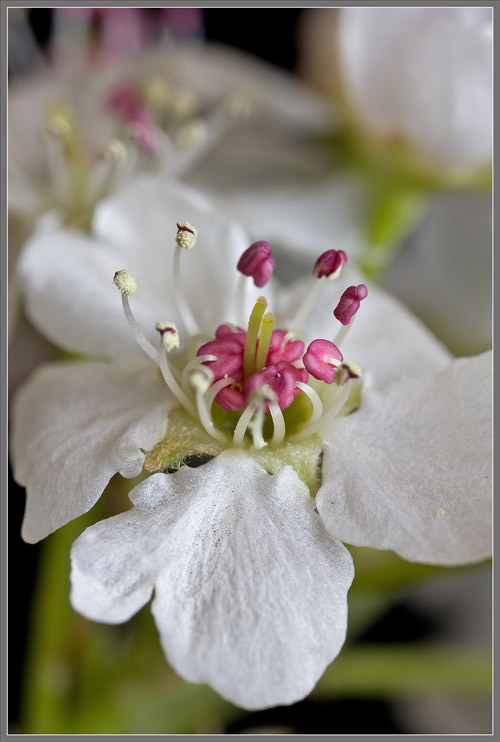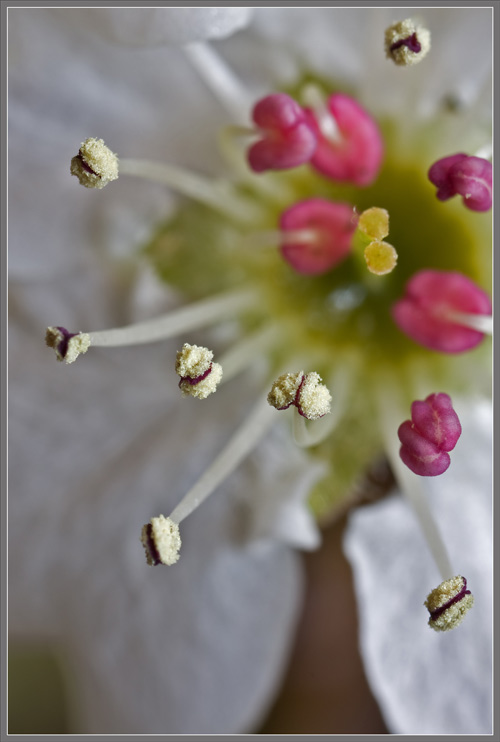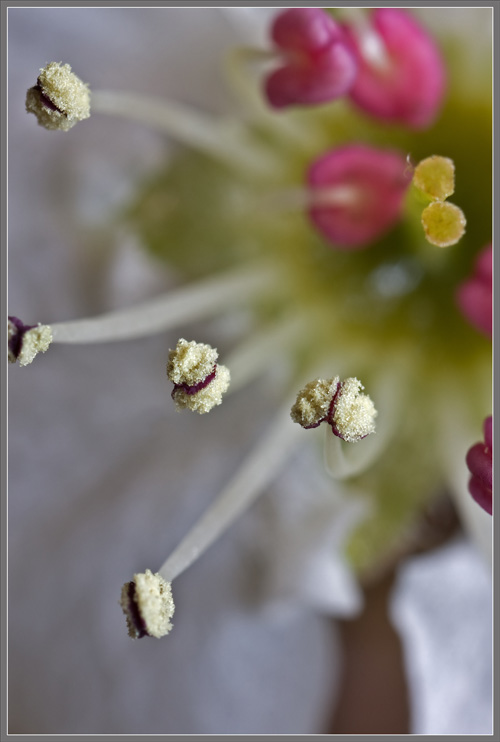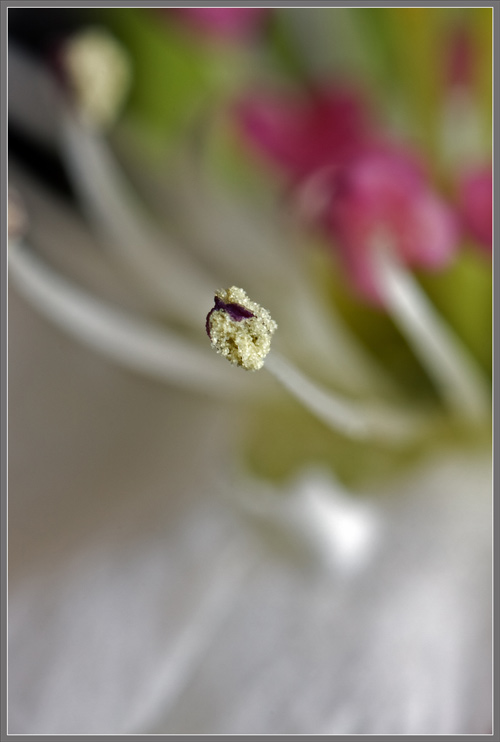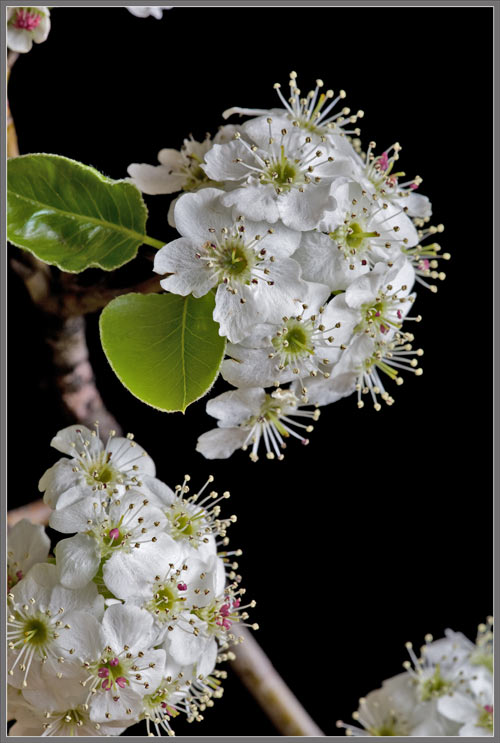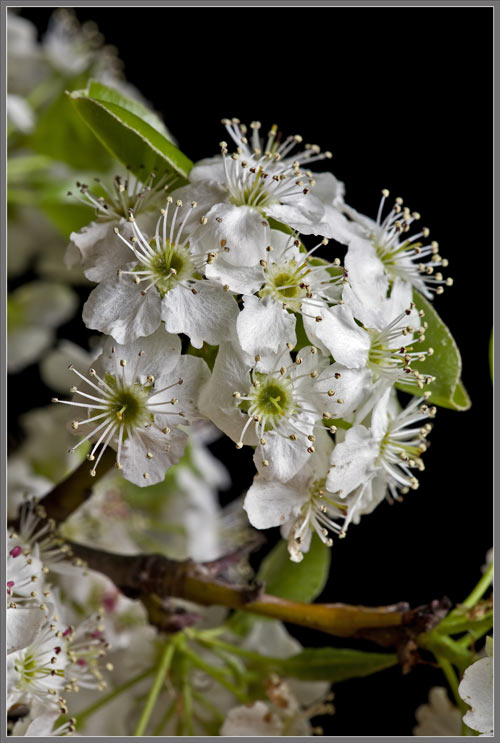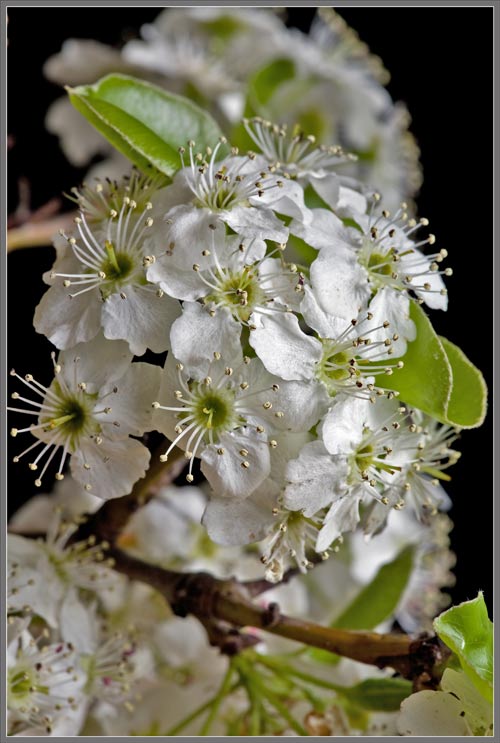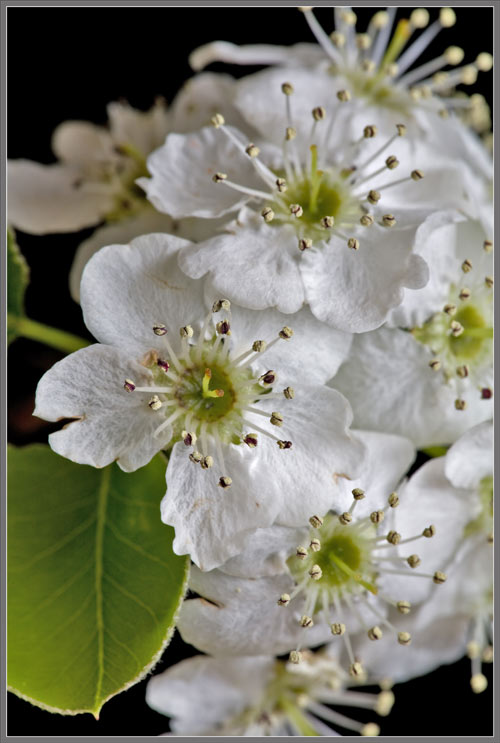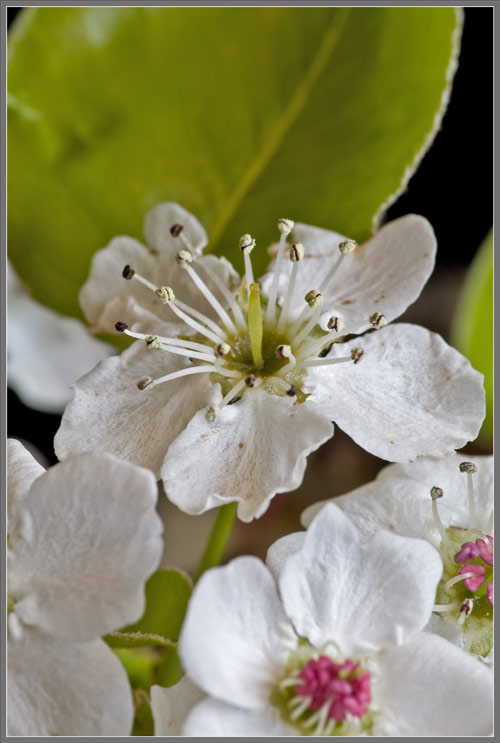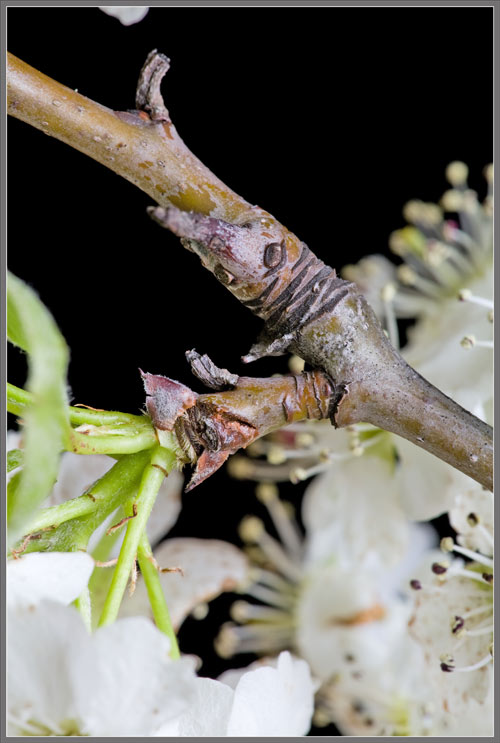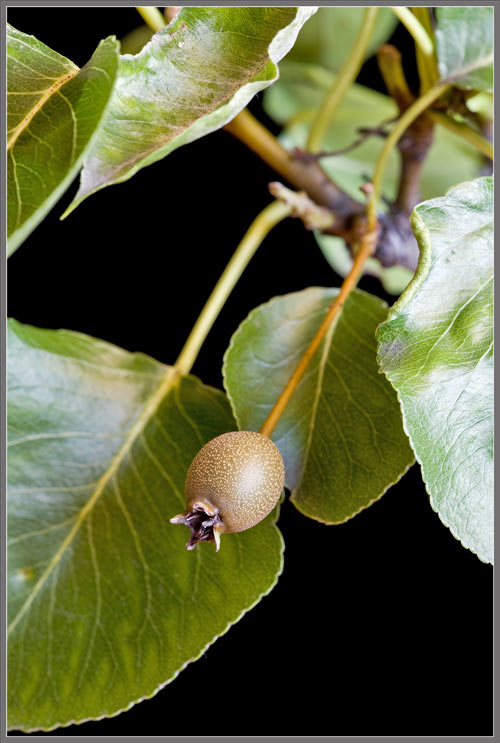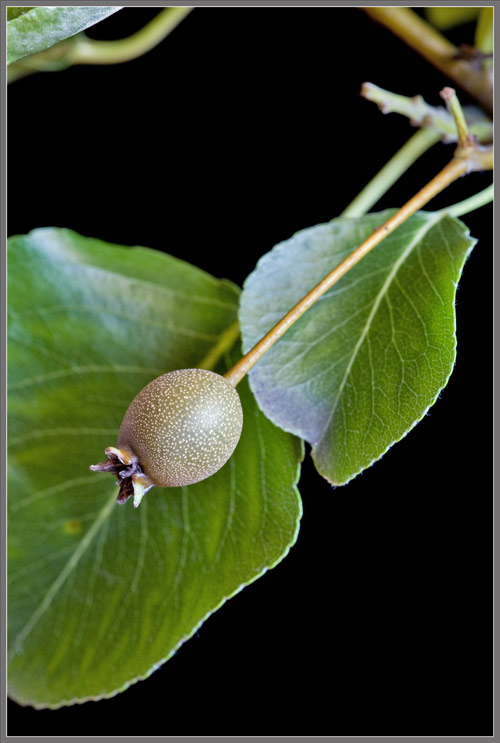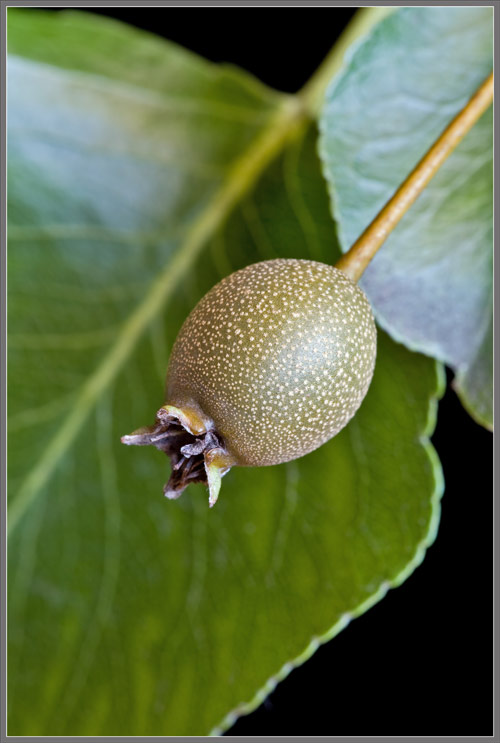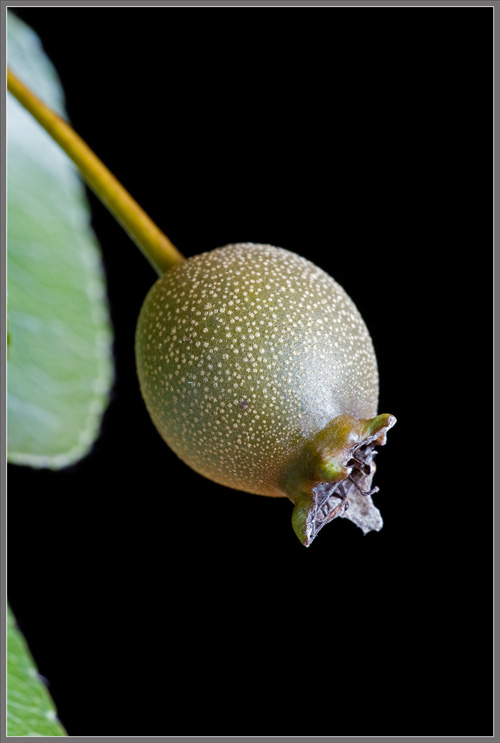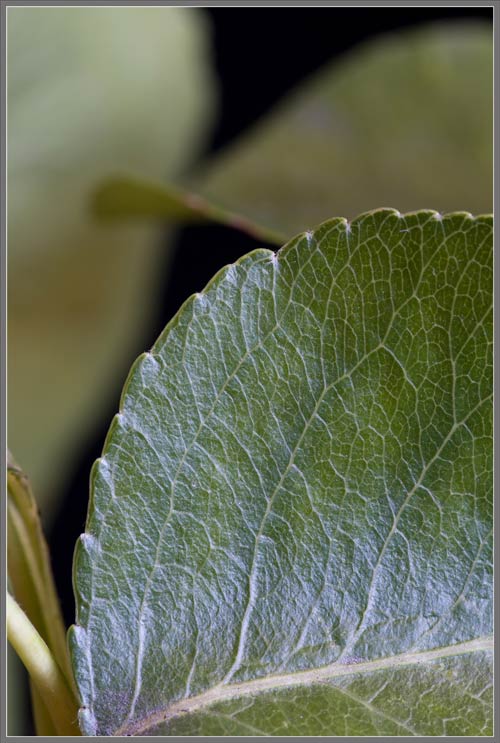“The beautiful Hawthorn, that has
now put on
Its summer luxury of snowy wreaths,
Bending its branches in exuberant bloom,
While to the light enamour’d gale it breathes,
Rife as its loveliness, its rare perfume.
Glory of England’s landscape! Favourite tree
Of bard or lover! It flings far and free
Its grateful incense.”
“Forest Minstrel”
William Howitt
The tree which is the subject of this article grows about 300
metres
from my home. As the poem suggests, it is simply beautiful
when
it blooms in the spring, as it provides a huge abundance of
brilliantly
white flowers. Neither I nor my neighbours however could, by
any
stretch of the imagination, agree with the poet about “Its
grateful
incense”. I suppose that it depends on what is meant by the
term
“rare”, as in “rare perfume”. The tree in question does
flood the
entire neighbourhood with its scent. Unfortunately the scent
is
best described as foetid, and closely resembles decaying
fish!
Passersby tend to hold their breath when walking nearby.
Hawthorns are deciduous members of the Rose family (
Rosaceae) which normally
possess
spines. The genus name
Crataegus
is derived from the Greek, and translates to ‘flowering
thorn’. The species studied here,
punctata, refers to the unusual
dots which cover the tree’s fruit, and which are actually
glands.
The common name Hawthorn is derived from ‘haw’ which is the old
English
name for a hedge. Thus Hawthorn refers to a ‘thorny hedge’.
Pictures of the tree in question follow. It’s about 6 metres
in
height and has the same width. Its crown is roughly rounded,
with
spreading branches. Since it is obviously a Hawthorn, I was
puzzled by the fact that no spines were visible anywhere.
Investigation revealed that
Crataegus
punctata has fewer spines than most other
Hawthorns. In
fact a thornless cultivar is sold in North America, and I suspect
that
the City deliberately chose this cultivar to prevent puncture
accidents, since the tree grows beside a sidewalk.
The bark is grayish-brown in colour, and is scaly. Lighter
coloured areas are patches of lichen.
Strangely, the tree’s buds are pink in colour, and this colour
fades to
white as the flowers bloom.
The series of images that follows show the Dotted Hawthorn’s
flowers. Most of the colour is provided by the bright red,
immature anthers. Notice that in newly opened flowers, these
anthers are arranged in a ring around the central pistils.
Later,
the filaments lengthen, and the stamens spread to take up more
random
positions. The flowers themselves are arranged in corymbs,
in
which the stalks are of varying length, producing a flat topped
cluster.
When flowers bloom, their anthers are covered by a bright red
membrane
which protects the developing pollen grains. Their
supporting
filaments are curved, and white in colour. Each flower
possesses
about twenty stamens, and from two to five styles. This
particular cultivar has two.
The series of images that follows shows, with increasing
magnification,
these membranous anthers and their filaments. Notice in the first
two
images that a flower has five irregularly shaped, white petals.
As time passes, the red membranes begin to disintegrate, revealing
the
less visually appealing , brown, pollen shedding anthers
beneath.
(The process of an anther’s releasing pollen is referred to as
dehiscing.) The difference in size of the ‘red’ anthers, and
‘brown’ anthers is striking!
Closer views of pollen releasing anthers reveals that they possess
two
pollen covered pads on either side of a dark central disk, which
is
attached at its base to the filament.
The later stages of a blooming corymb are much less colourful than
the
early ones. Without the bright red membranes, flowers have a
rather drab appearance.
Twigs are grayish-brown in colour. Notice the complex series
of
rings at several locations on the twig.
Immature fruit, (more correctly called pomes), of the Dotted
Hawthorn
are indeed ‘dotted’ with tiny white glands. (A pome is a
fruit
with fleshy outer tissue and a papery-walled inner chamber
containing
the seeds.) Although eventually they will have a dull red
colour,
at this early stage they are light brown.
Notice that a leaf’s margin is finely serrated, and that it has a
complex vein pattern on its upper surface.
Although Dotted Hawthorn flowers have an extremely unpleasant
scent to
humans, the smell is positively delightful to midges and they are
strongly attracted to it. For this reason midges are the
main
instrument of pollination in the wild.
Photographic
Equipment
The low magnification, (to
1:1),
macro-photographs were taken using a 13 megapixel Canon 5D full
frame
DSLR, using a Canon EF 180 mm 1:3.5 L Macro lens.
An 10 megapixel Canon 40D
DSLR,
equipped with a specialized high magnification (1x to 5x) Canon
macro
lens, the MP-E 65 mm 1:2.8, was used to take the remainder of
the
images.
A Flower Garden of
Macroscopic Delights
A complete graphical index of
all
of my flower articles can be found here.
The Colourful World
of
Chemical Crystals
A complete graphical index of
all
of my crystal articles can be found here.
